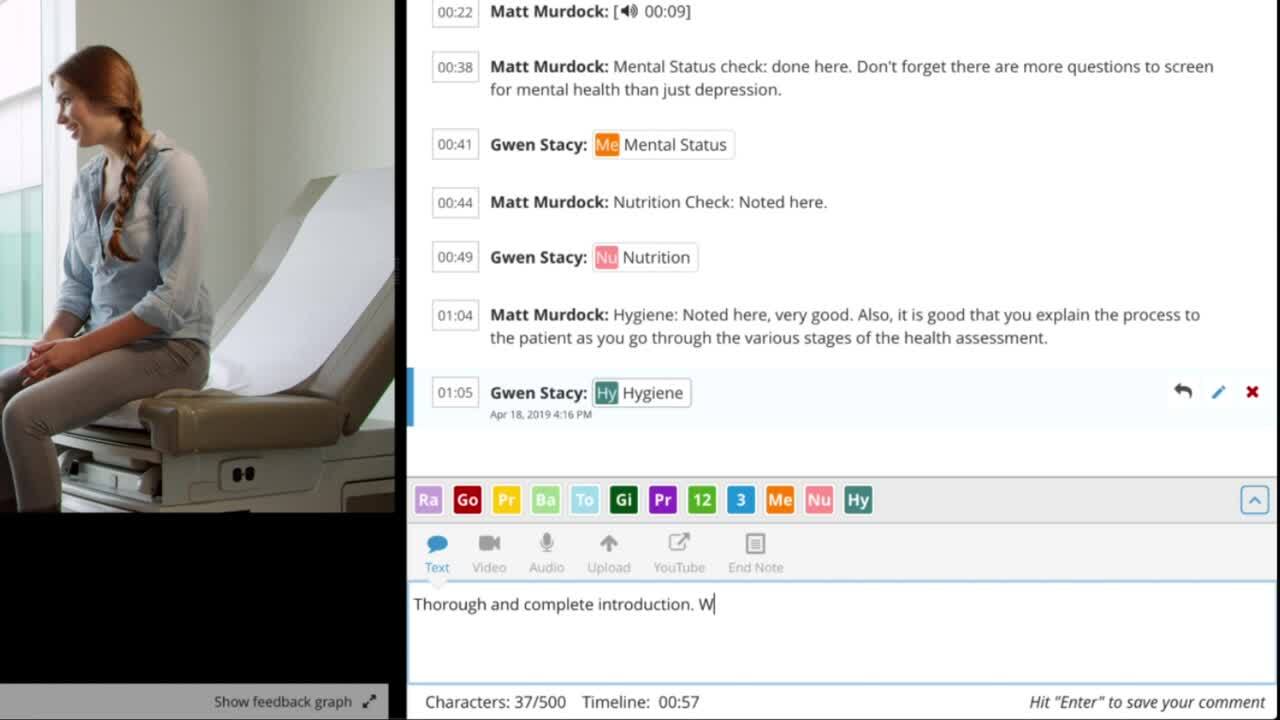It’s no secret that HIPAA rules are daunting. But teaching them? Even more so.
While HIPAA was created to protect health data integrity, confidentiality, and availability, it’s not an easy policy to understand. As MD Allen B. Weisse humorously remarked, “Much of the 167 pages of legislative gobbledygook about health insurance is pretty much unintelligible to one without the proper background in these matters.”
So how can educators effectively teach future health care professionals HIPAA rules? Here are a few ideas that won’t put your students to sleep.
1. Grasp the Basics
Start with basics by training your students to be fluent in HIPAA policy. This includes learning basic vocabulary and HIPAA privacy laws.
Learn HIPAA Vocabulary
HIPAA is like learning a foreign language, so it helps to start with basic terms. Yale University created a HIPAA glossary with definitions and examples of essential HIPAA language. This is a great resource to help your students grasp key terms and expand their knowledge of privacy laws. The more comfortable your students are with HIPAA vocabulary, the easier it will be for them to master HIPAA rules.
Consider using one of the many interactive vocabulary games that have been invented to keep students awake. While some vocabulary games or activities may seem “young,” a more interactive approach will create a deeper understanding of HIPAA terms—instead of just memorized definitions.
Utilize Online Training Resources
Once students establish a working vocabulary, teach the basics of privacy laws by using one or two of the many online training resources. Find a HIPAA training resource that works well for your students and course. Then have your students complete a HIPAA training course. A program that offers a certificate of completion would be perfect for a student assignment.
2. Make Training Interactive
Now that your students understand the basics of HIPAA rules, it’s time to get hands-on. While HIPAA isn’t exactly a thrilling topic, there are ways to make it interactive and engaging. Here are three practices to keep your students awake during privacy law lectures.
Reference Pop Culture
Strive to make your training a discussion rather than a lecture. You may choose to show an example of a TV episode to prompt a discussion. Strategies for Nurse Managers suggests showing the Seinfeld episode when Elaine has a rash and asks her family physician for assistance. In the episode, Elaine panics when her physician labels her as a “difficult patient.” She goes to extreme lengths to delete the entry, eventually recruiting Kramer to steal the medical record by posing as a physician. Showing a clip of this funny episode could prompt a great discussion on privacy rules and regulations.
Tell Stories
Another strategy to engage your students is telling stories. Stories are a great way to capture students’ attention and encourage active participation. Adding a real-life experience to a lecture that covers the nitty-gritty of privacy laws will keep your students awake. And hearing an insane story may also help cement HIPAA rules into your students’ minds. After all, they won’t want to become the next HIPAA horror report on the internet.
Think, Pair, Share
Come up with a list of scenarios that have to do with HIPAA rules. Pair your students and assign each pair a scenario, explaining that they need to come up with a solution that is compliant with HIPAA laws. Allow each pair a sufficient amount of time to think through the scenario and discuss a solution, then have them share their scenario and solution with the class. This exercise allows students to work together, apply what they’ve learned, and hear real-life examples that they may encounter in the workforce.
3. Discuss Compliant Tools
A lot of examples of HIPAA compliance are about what information you can and cannot share. But another key factor is knowing which tools protect private information. And in a world of data breaches and social media HIPAA violations, students need to be more aware of HIPAA compliant tools.
Evaluate Higher Education Tools
Start by relating to students’ experiences by listing the tools they use in their classes. You can write a list of tools on the board, and then ask questions like: is G Suite HIPAA compliant? Or if you record students performing a counseling session or head-to-toe assessment, are their videos HIPAA compliant?
YouTube videos definitely aren’t. Explain that that’s why you need a tool like GoReact. Walk them through the process of discovering how and why a tool is HIPAA compliant. For example, you could have students visit GoReact’s security and privacy standards.
GoReact is the #1 tool for teaching procedural skills and patient communication. This video-based assessment software allows you to capture student procedures and interactions on video for feedback, grading, and critique.
Showing students how instructors must use HIPAA compliant higher education tools sets an example. In turn, this example sets the stage for a discussion of how they’ll find HIPAA compliant tools to use at work.
Discuss Future Workplace Tools
Administrators at their future workplace will surely check if CRMs or medical software is compliant, but communication tools can get them into trouble.
Sending a text to inform a colleague that a patient’s test results came back may seem harmless, but is definitely a red flag. Texting is generally not HIPAA compliant—it’s not encrypted. So what HIPAA compliant messaging apps can be used? Along with carefully selecting how you communicate written messages, not every video communication tool is HIPAA compliant. But if they do the research, they can find a HIPAA compliant tool, like Zoom.
Get your students into the habit of checking if the communication tools that they’re using are HIPAA compliant. Teach them to protect themselves, their fellow students, professors, future patients, and future employers.
Teach HIPAA Effectively
HIPAA rules may seem daunting, but teaching them doesn’t have to be. Start with the basics, build with online training resources, discuss compliant tools, and keep your students engaged. HIPAA lectures don’t have to be boring! It’s all in the approach.
By following these best practices, you can prepare your students to master HIPAA rules and become compliant professionals right after graduation.
If you’re looking for a HIPAA compliant tool, check out GoReact, the #1 tool for procedural and patient communication skills.








